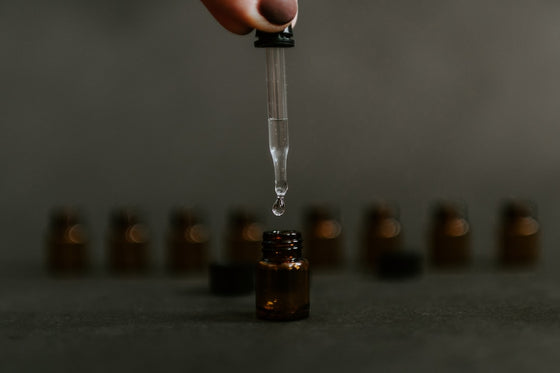Cold process is where you make your own soap from scratch and it is the most popular method. Here you'll need to combine your oils with lye or sodium hydroxide. Unlike melt and pour, cold process yields long-lasting soaps. Also, you have to be patient when making soaps using this method because it requires 4 weeks curing time. That means, after waiting for 24 hours for the finished product to cool, you'll have wait 4 weeks more before you can use your soap.
What you'll need to make soaps using this process:
- Gloves, mask and goggles for safety!
- Heat-resistant, non-reactive containers like tempered glass containers
- Stainless steel stirrer or more preferably, stick blender with stainless steel shaft. Hand stirring soaps can take hours, so the stick blender will help a lot!
- Soap molds. You may use wood, plastic or silicon molds, or you may reuse your old household plastic containers.
- Your ingredients: lye, distilled water, soaping oils (coconut, olive or sweet almond oil), additives (essential oils, colorants, moisturizers, exfoliating agents, etc.)
To start making your soap, measure your water and lye in separate containers then carefully pour the lye in water. Stir the mixture until the lye is dissolved. It will become quite hot so be careful if you need to move it. Let this mixture sit and cool. While waiting for the lye to cool, heat up your soaping oils until they reach 100 degrees. Then let it cool as well. Once the oils are cool enough to match the temperature of the lye mixture, combine them together and stir using the stick blender until they reach “trace” consistency (pudding-like consistency). Then you can add your essential oils and other additives. Stir your mixture some more until it thickens. Pour them into your soap mold and let sit for 24 hours. After 24 hours, remove the soap from the mold, cut it to your preferred size, and leave it in a dry place for 4 weeks. This is known as the curing process where the soap will lose some of its water and will harden more.
Are you ready to make your own soap? Drop us a line if you'd like to know what essential oils go well together to help you achieve the maximum health benefits from them.

